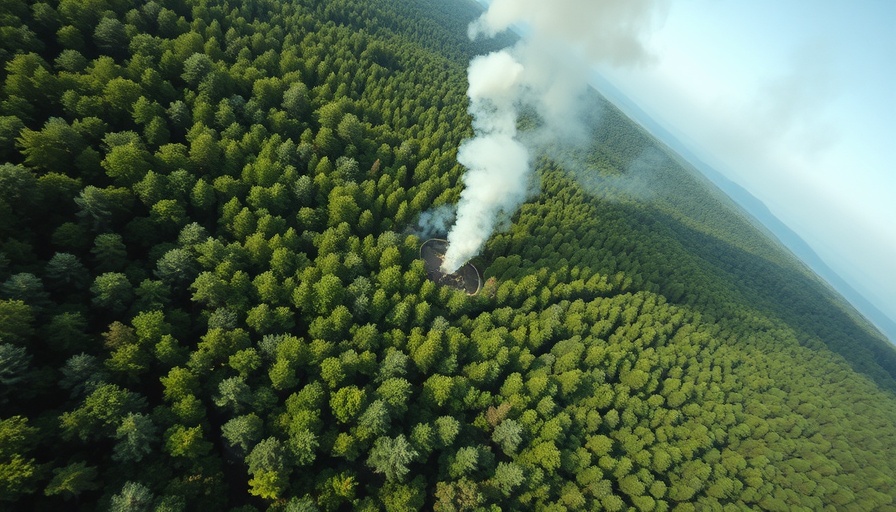
A Dangerous Close Call at Midway Airport
A recent incident at Chicago Midway Airport involving Southwest Airlines Flight 2504 has stirred concerns about aviation safety. On February 25, 2025, this Boeing 737-800, on a scheduled domestic flight from Omaha to Chicago, was forced to abort its landing to avoid a potential collision with a private jet that entered the runway without clearance. Dramatic video footage shows the aircraft just inches from touching down when the crew responded swiftly, throttling up to gain altitude and avoid disaster.
The Implications of a Close Call
The implications of this near miss are worth examining. The incident underscores how easily an aviation disaster could occur. The FAA reports an average of 1,700 runway incursions annually between 2021 and 2024, with the majority not resulting in immediate safety crises. However, with air traffic density on the rise, every event heightens anxiety among travelers already skittish from other recent aviation incidents.
Analyzing the Context: Aviation Safety in 2025
As 2025 unfolds, narratives surrounding aviation safety continue to evolve, particularly following high-profile incidents like Malaysia Airlines Flight 370 and a recent fatal crash involving an American Airlines flight and a military helicopter. Statistics as mentioned in aviation safety analyses suggest that accidents in 2025 may be trending downward compared to previous years, barring outliers like the January helicopter collision. Many experts, including former NTSB chair Robert Sumwalt, highlight the multiple layers of safety protocols in place within the aviation system, but incidents like the one at Midway raise crucial questions about their effectiveness.
What Went Wrong?
In the Midway incident, the private jet—identified as a FlexJet Bombardier Challenger—had been cleared to hold at one runway but mistakenly entered another. An audio recording from air traffic control captures the moment of confusion leading up to the near-collision, accentuating the importance of clear communication in aviation. Southwest Airlines confirmed the precautionary nature of their go-around, reiterating their commitment to safety, yet the question remains: how can such misunderstandings be avoided in the future?
Current Trends: Is Aviation Safety Declining?
Recent trends indicate that although incidents are garnering more media attention and contributing to public anxiety, statistically, flying still holds a substantial safety record. Reports like Axios suggest 2025 could potentially see fewer fatal accidents than previous years. The more frequent media spotlight on aviation mishaps can mislead the public perception, similar to the wave of fear following the MH370 disappearance.
Though fears are heightened, flying remains one of the safest modes of transport. The conversations prompted by these incidents emphasize the need for transparency from airlines, stronger regulation compliance, and perhaps a reevaluation of communication protocols within airports.
Moving Forward: What Can Be Done?
Addressing these issues will require cooperation from multiple stakeholders, including airlines, airports, and regulatory bodies. Enhanced training for pilots and ground crew, stricter regulatory frameworks around runway incursions, and better communication systems can minimize risks. As travelers continue to express their concerns, particularly with the increased visibility of aviation incidents, it is essential that those in charge act decisively to instill confidence back in the flying public.
The recent near-miss at Midway could serve as a wake-up call for the aviation industry, one that emphasizes the necessity of vigilance and continuous improvement in safety protocols. Collaboratively, the aviation community must confront and adapt to the evolving challenges of air travel in 2025 and beyond.
 Add Row
Add Row  Add
Add 




Write A Comment